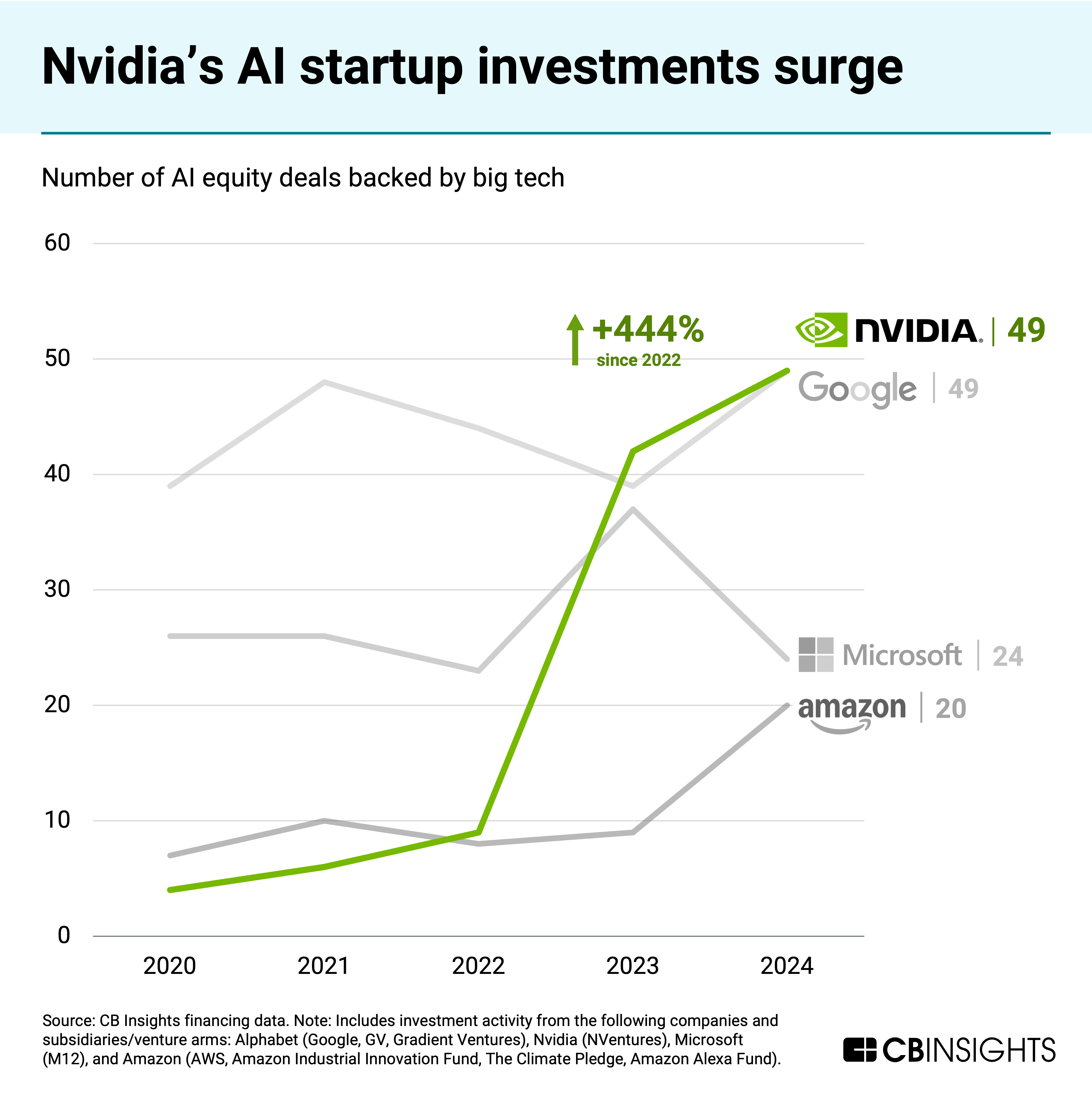The AI economy keeps churning - by Bryan Alexander
The month of May continues to offer AI news. Today we’ll consider what’s going on in the economics world, scanning and analyzing developments from multiple angles, before June is upon us.
(If you’re new to this newsletter, welcome! My scan reports are examples of what futurists call horizon scanning, research into the present which looks for signals of potential futures. We can use those signals for trend analysis, which we can use to create glimpses of possible futures. On this Substack I do scan reports on various domains where I see AI having an impact, such as politics, culture, education, technology (here’s this week’s earlier post)… and economics, today’s theme. I also write other kinds of issues; check the archive for examples.)
AI Adoption in Businesses
One analytics firm, Ramp, publishes their data about AI adoption. They offer this view of which AI models companies are paying for:
You can easily see OpenAI far in the lead. I’m surprised that Google isn’t higher, and Microsoft doesn’t even appear. Possibly Ramp isn’t counting their preexisting, non-AI subscriptions for Office, Docs, cloud computing, etc., even though those now contain more AI functions.

The datapoint of only 40.1% of businesses subscribing to these services is noteworthy. Ramp also breaks their adoption data down by type of business: Technology companies being in the lead is unsurprising. Finance is next after that, which makes sense, given that business is all about symbolic analysis and manipulation. Following those sectors is a clutch of other businesses which involve more face-to-face and bodily interaction, from health care to manufacturing. They are in an interesting position for AI-enabled robotics down the road.
Business Models and Investments
The quest for making generative AI profitable continues. OpenAI decided to remain a sort of nonprofit, rather than attempting to become a for-profit company. OpenAI also stated it was expanding its abilities to help users buy and sell items. On a different level, Netflix is developing running ads with AI-generated content in some of its streaming video programs.
Investments and Partnerships
Nvidia saw massive, continued growth. They reported taking in $44.1 billion during this year’s first quarter, which represents a solid 12% rise over 2024’s fourth quarter and a staggering 69% increase from that year’s first quarter. That growth seems to be continuing, as, for example, Oracle just signed up to buy “about 400,000 Nvidia GB200 AI chips, worth about $40 billion.”

Bubble jitters and opposition to AI haven’t slowed down the venture funding firehose. Grammarly announced it raised $1 billion in new funding. Techcrunch reports that nineteen AI startups have each raised more than $100 million in 2025’s first three months, with Anthropic and Open AI eliciting billions.
Global Impact and Education
AI money is flowing beyond the United States. The European Commission published its “AI Continent Action Plan” which celebrates spending hundreds of billions of euros on the technology, along with making available huge factories and the ambition to create a large data market. They also commit to a major education initiative:
- Educate and train the next generation of AI experts based in the EU.
- Incentivise European AI talent to stay and to return to the EU.
- Attract and retain skilled AI talent from non-EU countries, including researchers.

On another continent, one AI investment possibility turns on providing clean energy. The nation of Brazil is apparently pitching itself as an AI hosting location because renewables provide most of its electricity.
Advancements in AI Labor Market
The advance of generative AI into the labor market continued. Microsoft's CEO stated that “20% to 30% of code inside the company's repositories was ‘written by software’ — meaning AI.” Shopify’s CEO told managers asking for new staff that they would have to prove AI couldn’t do the requisite jobs.
Partnerships and Intellectual Property
On a different partnership level, Apple is apparently hoping third party developers will build content with its Apple Intelligence service. The New York Times is partnering with Amazon to share the former’s intellectual property with the latter’s AI.

Speaking of which, the New York Times is partnering with Amazon to share the former’s intellectual property with the latter’s AI. Yes, that’s the same New York Times which is suing other AI companies for intellectual property infringement.
On a different note, a group of new businesses have appeared which broker relationships between AI companies and intellectual property owners.
Fledgling groups such as Pip Labs, Vermillio, Created by Humans, ProRata, Narrativ and Human Native are building tools and marketplaces where writers, publishers, music studios and moviemakers can be paid for allowing their content to be used for AI training purposes.
Note that this is often paywalled or otherwise inaccessible material: “The licensing of content that doesn’t exist on the open internet is going to be a big business,” said Dan Neely, chief executive and co-founder of Vermillio, which works with major studios and music labels such as Sony Pictures and Sony Music.




















